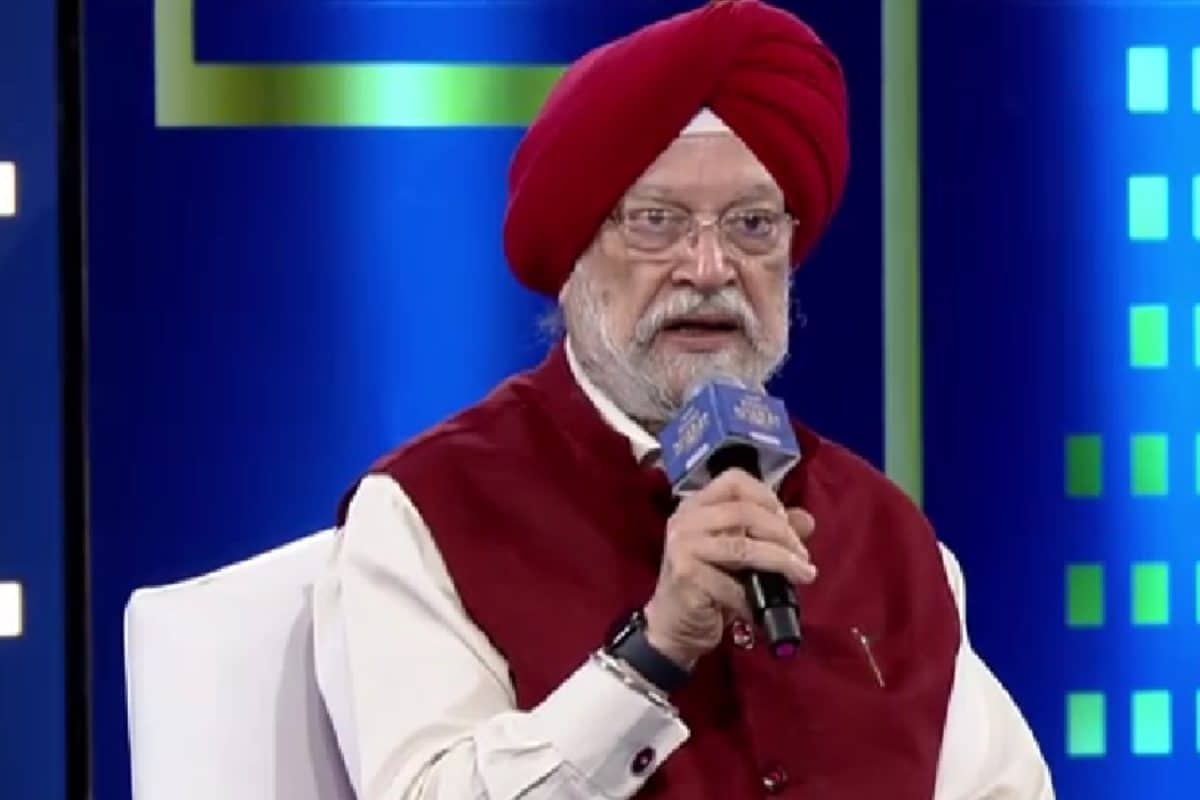

Following recent US military strikes on Iranian nuclear facilities, tensions in the Middle East have escalated, with Iran considering the closure of the Strait of Hormuz. This critical chokepoint is a vital artery for global energy supplies, and any disruption would have significant ramifications for the world economy. However, government officials are assuring the public that measures are being taken to ensure fuel supply stability.
The Strait of Hormuz connects the Persian Gulf to the Gulf of Oman and the Arabian Sea. Its strategic importance stems from the fact that a substantial amount of the world's oil and liquefied natural gas (LNG) passes through it. Recent data indicates that approximately 20% of global oil and a significant percentage of LNG transit through this narrow waterway daily. Major oil producers such as Saudi Arabia, Iraq, the UAE, Qatar, and Kuwait rely on this route for their exports.
The Iranian parliament has reportedly approved a measure to close the Strait of Hormuz in response to the US strikes, but the final decision rests with the Supreme National Security Council. This potential closure has rattled global energy markets, already jittery due to the ongoing conflict in the region. Brent crude prices have already seen an increase, and further escalation could lead to a significant surge in oil prices.
India, which imports a significant portion of its oil and gas, would be particularly vulnerable to a closure of the Strait. Over two-thirds of India's oil imports and nearly half of its LNG imports transit through the Strait of Hormuz. A blockade would drive up oil prices, causing inflation and potentially impacting India's GDP. Specifically, about 2 million barrels per day of India's crude oil imports pass through the strait.
However, Union Minister of Petroleum and Natural Gas Hardeep Singh Puri has assured the public that the government is prepared to manage any disruptions. He stated that India has diversified its sources of crude oil and can source it from alternative suppliers if needed. India has been closely monitoring the geopolitical situation and has already taken steps to ensure stability of fuel supplies.
Several strategies are in place to mitigate the impact of a potential closure. India has diversified its oil import sources, with a significant increase in imports from Russia in recent months. Russian oil, transported via the Suez Canal, Cape of Good Hope, or the Pacific Ocean, is not affected by the Strait of Hormuz. The country is also exploring increased imports from the US, West Africa, and Latin America.
In addition to diversifying import sources, India can tap into its strategic petroleum reserves, which can cover a portion of its import needs. The government may also consider offering price subsidies to contain inflation, particularly on essential fuels like diesel and LPG.
While a complete closure of the Strait of Hormuz would undoubtedly present challenges, India's diversified import routes, strategic reserves, and proactive government measures aim to ensure fuel supply stability. The situation remains dynamic, and the government is closely monitoring developments to respond effectively to any potential disruptions. It is important to note that Iran has threatened to close the strait several times in the past, but has never followed through. Experts suggest that a complete closure is unlikely, as it would harm Iran's own economy and potentially provoke a strong international response.